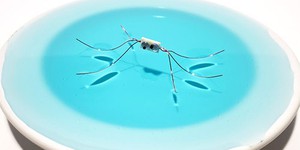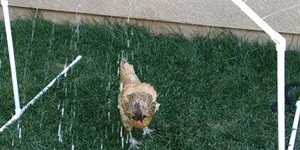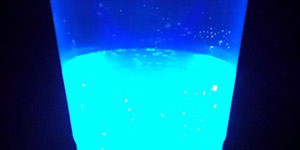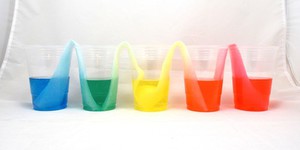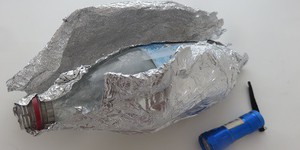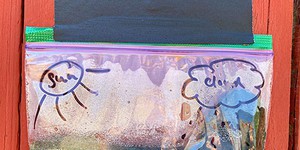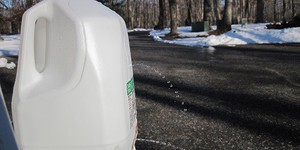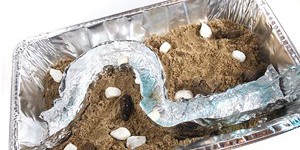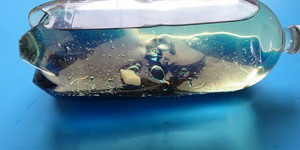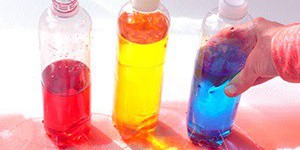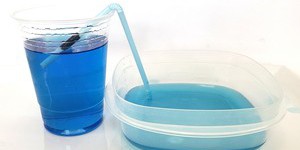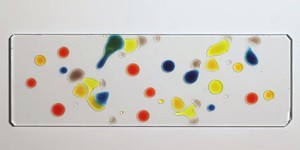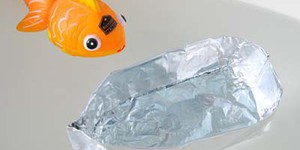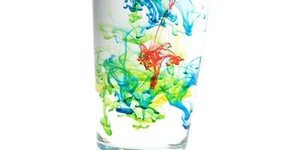Best Water Experiments
If you are looking for some simple materials for a science experiment you don’t have to look any further than the faucet. Water can be a lot of fun to explore. You can investigate how water carves out rivers, travels in waves, floats a boat, or cools you off on a hot summer day. These kid-friendly water experiments are easy to do and offer hours of entertainment.
Have you ever seen a water strider (also called water bugs, pond skaters, water skippers etc.)? They are bugs that effortlessly hop around on the surface of ponds, lakes, and rivers. How do they do it without sinking? Try this project to find out!
Do you enjoy playing with water? Have you ever considered building a water sprinkler toy? It is easier than it looks! Get some PVC pipes, a few connectors, and a backyard water hose, then drill a few holes and start connecting! What will be your most creative and most fun design?
Have you ever been fascinated by things that glow in the dark? It can be a lot of fun to play with bracelets, wands, and other toys that are glow-in-the-dark, like some stickers and creepy, crawly, plastic insects! Have you ever wanted to make something at home that glows? It turns out that it is not that hard to do — all you need is tonic water and a black light! Some common household chemicals can also affect this beverage's glow. In this science activity, you will make tonic water glow…
Imagine this challenge: You have two glasses of water—one empty and one full. You want to pour half of the full glass into the empty one. The twist? You aren't allowed to pick up either glass! Can you get the water to "walk" between the glasses using nothing but a paper towel? Try this activity to find out!
Light is fascinating! It can look like a wave or a particle; it can be red, blue or any color of the rainbow; you can even mix all the colors together to get white! It travels in straight lines and still appears to bend around objects. It can travel through air, but it does not need the air. Unlike sound, light can travel from distant stars through a vacuum and reach us years later, or it can be sent through fiber optic cables and go around the world in less than a second! Does that sound…
Did you know that more than half of the bottled water sold in America is labeled as “spring water,” but only a fraction of this water naturally flowed from a spring? The FDA allows the sale of groundwater that is sucked up by hydraulic pumps that are installed close to a spring as “spring water.” In the year 2014, this was about six billion gallons of water, a number that increases each year. That is a lot of water! You might wonder how water is stored under the ground,…
Have you ever wondered where the rain that falls from the sky comes from? You might say the rain falls from the clouds, but what are clouds and where do they come from? All these questions and many more can be answered by looking into how water moves on land and in the atmosphere, which is described in the water cycle. In this activity, you will investigate some of the processes that make water move in and out of the atmosphere by making a miniature water cycle model inside a plastic bag.
You are probably used using water for drinking, cooking, washing, and swimming. Did you know that water can also be used to make electricity? Try this fun activity to learn about hydroelectric power.
Earth is a very watery place! More than 70% of the Earth's surface is covered by water. This is due to the many water bodies that can be found everywhere on our planet. What types of water bodies do you know? They are all very distinct from one another in their appearance, size, shape, and movement. In this activity, you will explore the distinct characteristics of a river by creating a river model inside a pan with sand, pebbles, and real water! After that, you can continue to model other…
Have you ever noticed seagulls bobbing up and down on the ocean while surfers paddle forward to catch a wave? Maybe you remember floating on a lake, going up and down as a wave passed by, or the feeling of being swept ashore by a breaking wave. Water waves are fascinating. They come in all sizes, from a tiny ripple to monster waves that are ten meters high. You have seen them, but do you know what drives them, how they move across oceans and seas? In this activity, you will bring the…
Did you know that at sea level there are about 15 pounds of air pressing on each square inch of your body? This air is very helpful in our daily lives. For example, this layer of air helps to keep the Earth from getting inhospitably cold or hot. It can even help keep a bottle with holes in it leak-free! Try the activity to find out how.
What's an easy way to move liquid from one place to another? A siphon! With just a little effort to get it started, you can then sit back and watch liquid flow from one container to another, as it seemingly defies gravity by going uphill. Try this activity to make your own simple siphon using straws.
Do you like watching raindrops on your window as they move and run down the glass? It is fascinating to observe how some of them just sit there by themselves, whereas others combine to build a larger drop. Have you ever wondered what makes them move and behave in different ways? Controlling and influencing wetting, the spreading of liquids on surfaces, is actually important for many industries. For some purposes, you want a surface to repel a liquid; just think of your water-repellent jacket as…
Have you ever wondered how a ship made of steel can float? If you drop a steel bolt in a bucket of water, the bolt quickly sinks to the bottom. Then how can a steel ship float? And better yet, how can a steel ship carry a heavy load without sinking? It has to do with the density, or the mass per volume, of the ship (and its cargo) compared to the density of water. In this science activity, you will make little "boats" out of aluminum foil to explore how their size affects how much weight…
Summertime often brings beautiful fireworks displays. Whereas you normally look up into the sky to see fireworks, in this activity we will take the bursts of color underwater—with chemistry. Although it is not exactly the same as real fireworks, you will be amazed by the color explosions you will see. Curious about what that looks like? See for yourself in this activity!


